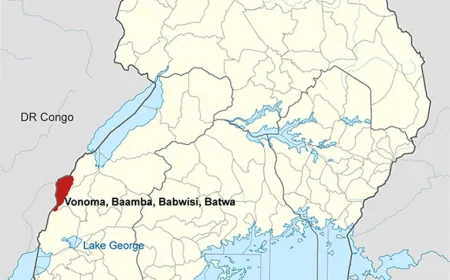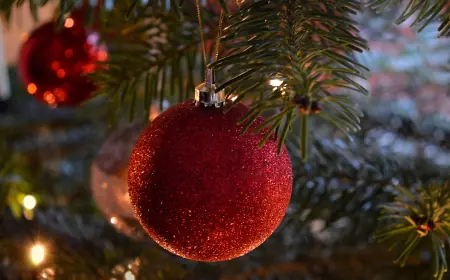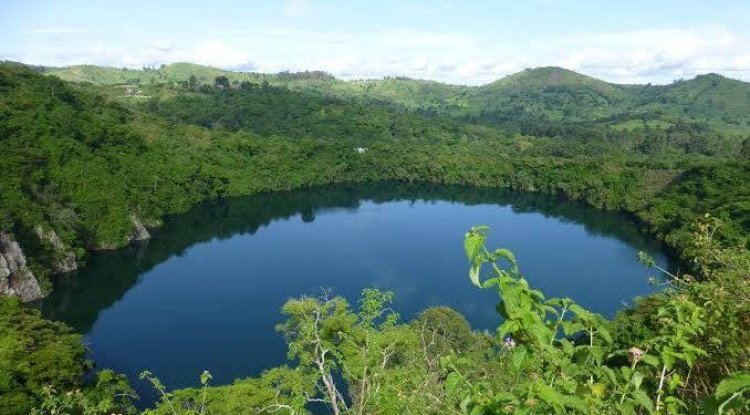The Jonam Tribe
The Jonam trace their origins back to the Bar-el Gazel region in South Sudan, from which they migrated to northern Uganda during the 16th century.

The Jonam tribe stands as the proud guardians of some of Uganda’s most iconic landmarks, including the Pakuba sector of Murchison Falls National Park, Pakwach Bridge, the 2013 Solar Eclipse Monument, and the main entryway to the West Nile region. Their deep connection to these sites reflects their rich history and cultural heritage.
Origins and Settlement
The Jonam tribe is located in northwestern Uganda, along the banks of the Albert Nile, just northwest of Murchison Falls National Park. They are part of the Nilotic ethnic group, specifically the Luo people. The Jonam trace their origins back to the Bar-el Gazel region in South Sudan, from which they migrated to northern Uganda during the 16th century. Upon arriving, they journeyed southward along the Albert Nile, eventually settling on its lower banks in what is now Pakwach district (formerly part of Nebbi district).
Their name, "Jonam," is derived from their settlement along the Nile. "Jo" signifies "many" or "a multitude of people," while "Nam" refers to "river" or "lake"—in this case, the River Nile. The Jonam people inhabit the Jonam region, which is governed by a chief known as "Rwot."
Culture and Livelihood
The Jonam people are primarily engaged in agriculture and fishing. They cultivate millet, sorghum, simsim, cassava, maize, and various vegetables, with millet and sorghum serving as their staple foods. Millet, known as "Kal," and sorghum, called "Bel," are used to make a type of bread that is commonly eaten with fish ("Rec") or greens ("Obo"). The fish, including varieties such as "Adhinga," "Uteltel," and "Angara," is sourced from the Albert Nile. The Jonam also produce traditional drinks like "Kwete" from millet or maize and "Nguli" from cassava.
Traditionally, the Jonam wore animal skins, but today they have incorporated Kitenge fabric, which is sourced from the Democratic Republic of Congo, into their modern dress. Their cultural dances, such as the Konge dance, Anyuugra dance, and Ngige dance, are integral to their celebrations. The Konge dance is typically performed by the youth and children, while Anyuugra and Ngige dances are led by the elders.
The Jonam language, known as "leb Jonam," remains a crucial part of their identity and cultural expression.
Guardians of Landmarks
The Jonam and their close relatives, the Alur, serve as custodians of several significant sites in Uganda. Among these is the Pakuba sector of Murchison Falls National Park, renowned for its abundant wildlife and popularity as a game drive destination. This area is also home to the Pakuba Airstrip, the most frequently used airstrip in the park, and Pakuba Lodge, a former safari lodge that was once the personal retreat of Uganda's former president, Idi Amin.
Pakwach Bridge, another site under their guardianship, spans the Albert Nile and provides breathtaking views. It is a vital gateway to the West Nile region, being the second-largest bridge in Uganda after the Source of the Nile Bridge (Nalubaale Bridge) in eastern Uganda.
The Jonam and Alur also safeguard Uganda's 2013 Solar Eclipse Monument, which commemorates the solar eclipse observed on November 3, 2013. This rare celestial event was best viewed from Owiny Primary School in Pakwach, and the monument stands as the first of its kind in Uganda. Along with the Biharwe Eclipse Monument in Mbarara, built in 2014, these sites position Uganda as a global center for eclipse monuments.
Additionally, the Jonam preserve Wadelai-Emin Pasha's Fort, a 19th-century military camp established by British envoy Emin Pasha to combat the slave trade in the Equatorial Province. This historic fort is located in Pakwach.
Another natural wonder under their care is the Amuru Pi hot spring, situated at the confluence of Lake Albert and the Albert Nile in Pakwach.
Population and Distribution
As of the 2014 census, there are 106,447 Jonam in Uganda, with the majority residing in Pakwach district. Their role as custodians of cultural and natural heritage continues to shape their identity and influence their region.
What's Your Reaction?
 Like
3
Like
3
 Dislike
1
Dislike
1
 Love
4
Love
4
 Funny
0
Funny
0
 Angry
0
Angry
0
 Sad
0
Sad
0
 Wow
1
Wow
1














































































